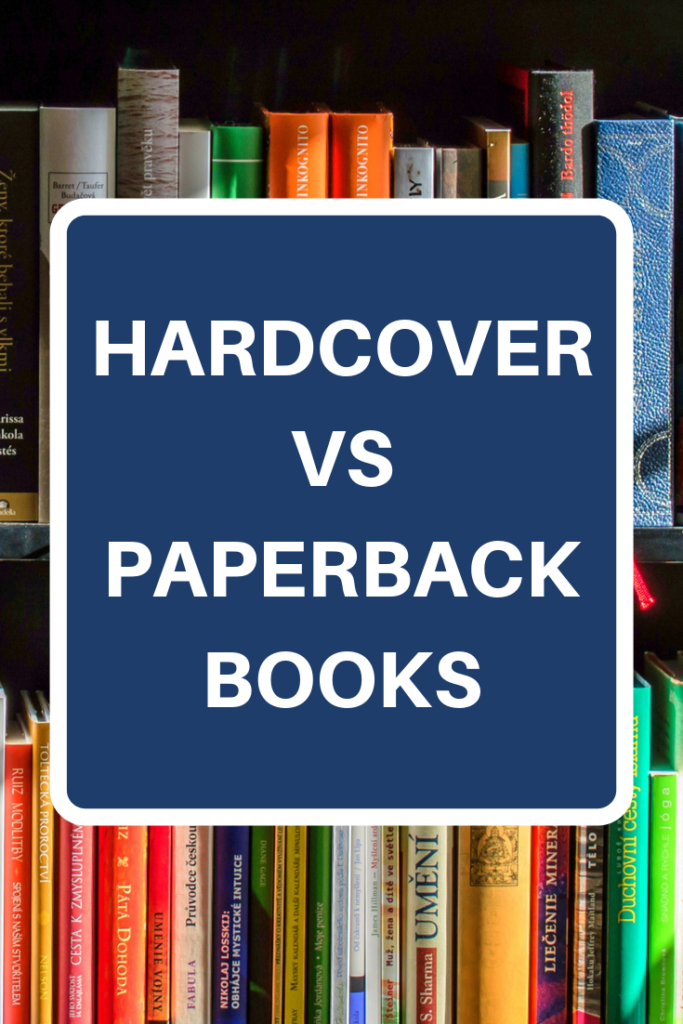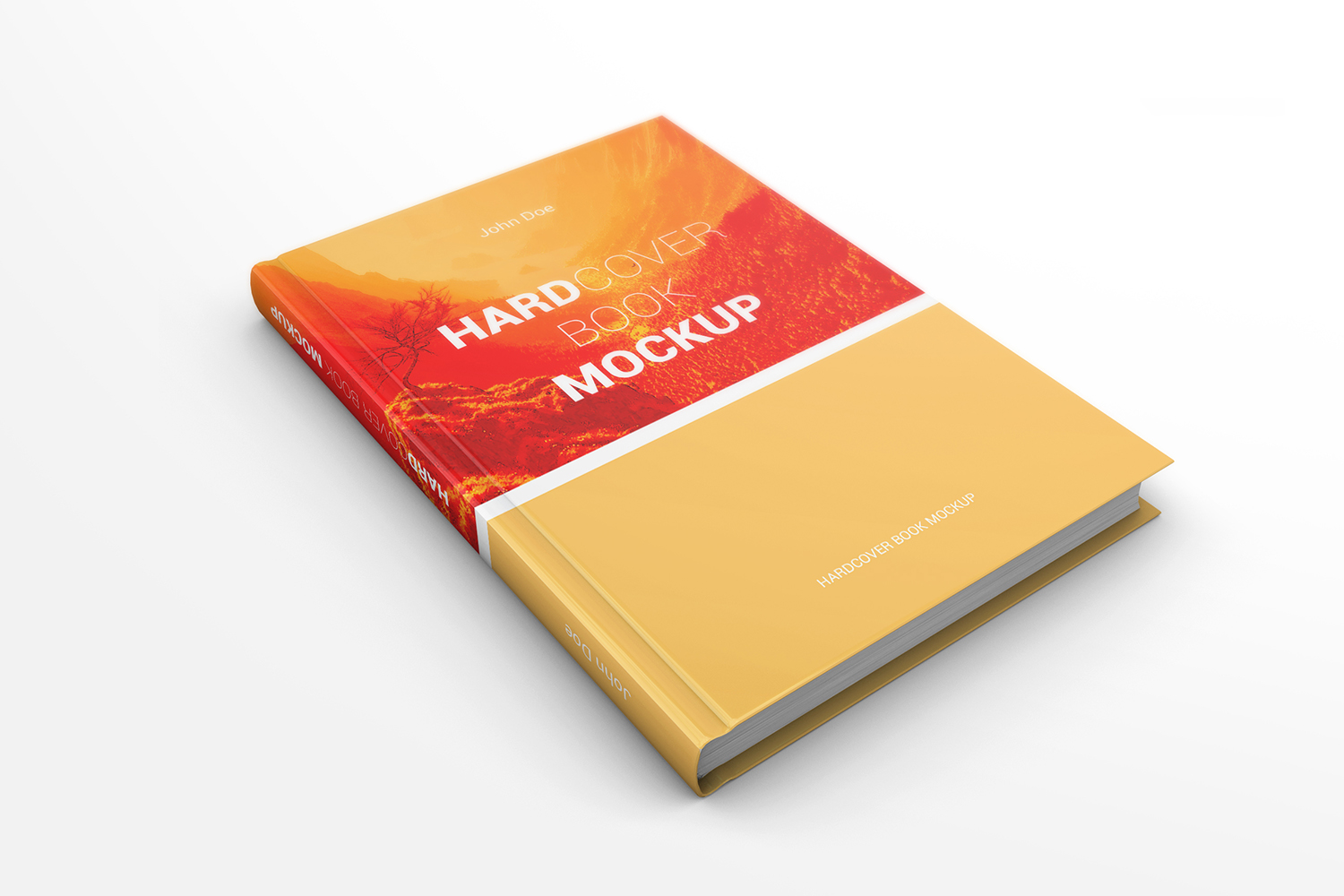
Indeed, you should experiment with different price points. You can change your eBook price frequently.Exceptions: Specialized books and books written by well-known or popular writers.My advice is either to forgo a POD hardcover or to set the price for breaking even. Hardcovers: It is impossible to be price competitive with traditionally published books if you are using print-on-demand (POD).Length matters more for print books due to the cost of manufacturing.
 Paperbacks: Usually between $9.99 and $19.99, depending on length and subject matter. A lower number for new authors will encourage more sales and therefore more reviews. Most self-published books-especially from new authors or those generally unfamiliar to the public-are priced lower than traditionally published books. This is a long post, so if you are impatient and want to return to the rest of the post later for details and nuances, I can provide this summarized advice: If not, you can learn about that here in Part 1: The 2020 Guide to Amazon Fees and Royalties for Kindle eBooks and KDP Print. And this guide assumes readers have a working knowledge of costs and royalties. Will a low price cheapen the appeal of the book?Īgain, this pricing guide and Part 1 were written with the self-publishing author in mind. Should I consider how much I have invested?. How important are my royalties, at least in the beginning?. What do similar books, from authors with name recognition like mine, sell for?.
Paperbacks: Usually between $9.99 and $19.99, depending on length and subject matter. A lower number for new authors will encourage more sales and therefore more reviews. Most self-published books-especially from new authors or those generally unfamiliar to the public-are priced lower than traditionally published books. This is a long post, so if you are impatient and want to return to the rest of the post later for details and nuances, I can provide this summarized advice: If not, you can learn about that here in Part 1: The 2020 Guide to Amazon Fees and Royalties for Kindle eBooks and KDP Print. And this guide assumes readers have a working knowledge of costs and royalties. Will a low price cheapen the appeal of the book?Īgain, this pricing guide and Part 1 were written with the self-publishing author in mind. Should I consider how much I have invested?. How important are my royalties, at least in the beginning?. What do similar books, from authors with name recognition like mine, sell for?.  Three questions every author should ask themselves.
Three questions every author should ask themselves. 
Here are the topics covered in this Part 2:
#PAPERBACK OR HARDCOVER SERIES#
In Part 1 of this series on self-publishing business fundamentals, we studied costs and royalties. Perhaps most importantly, it requires some research. Choosing how much to charge for your new book, especially a self-published book, involves understanding a combination of practical, legal, and retailer-specified rules every author should be familiar with, not to mention costs, sales psychology, and knowing one’s goals for their book.







 0 kommentar(er)
0 kommentar(er)
